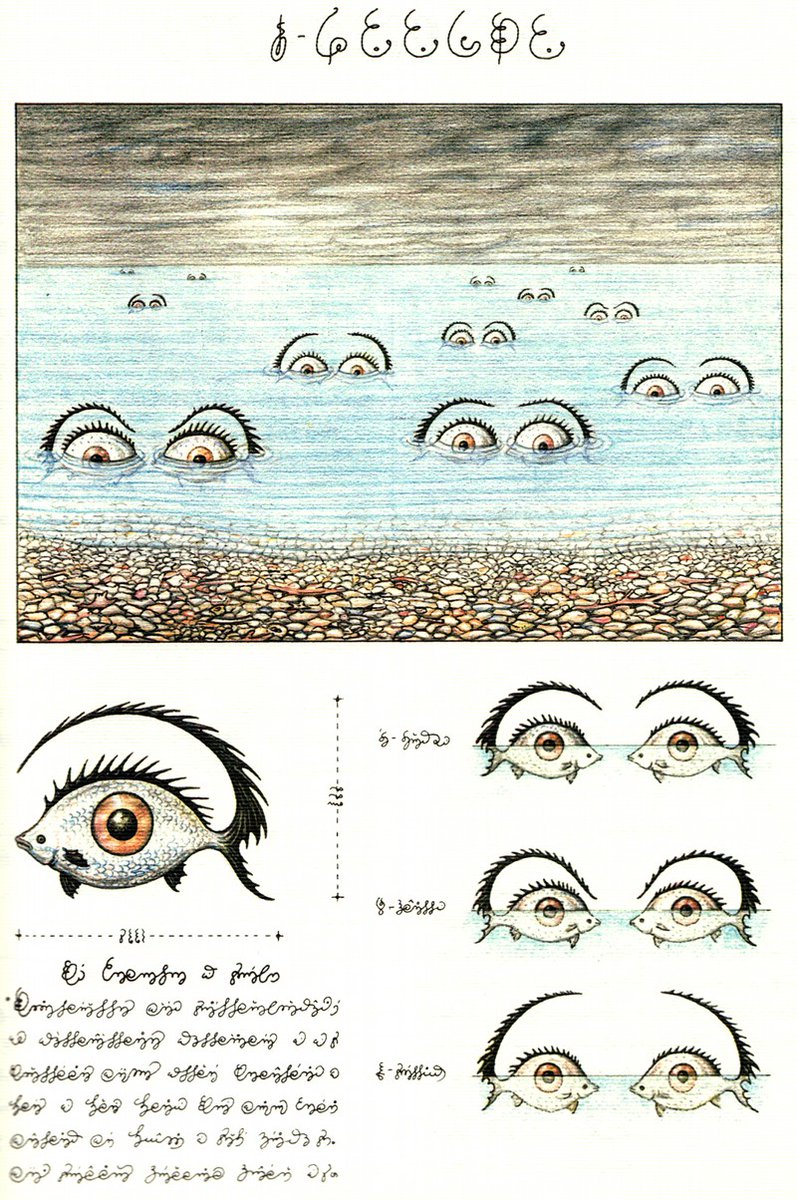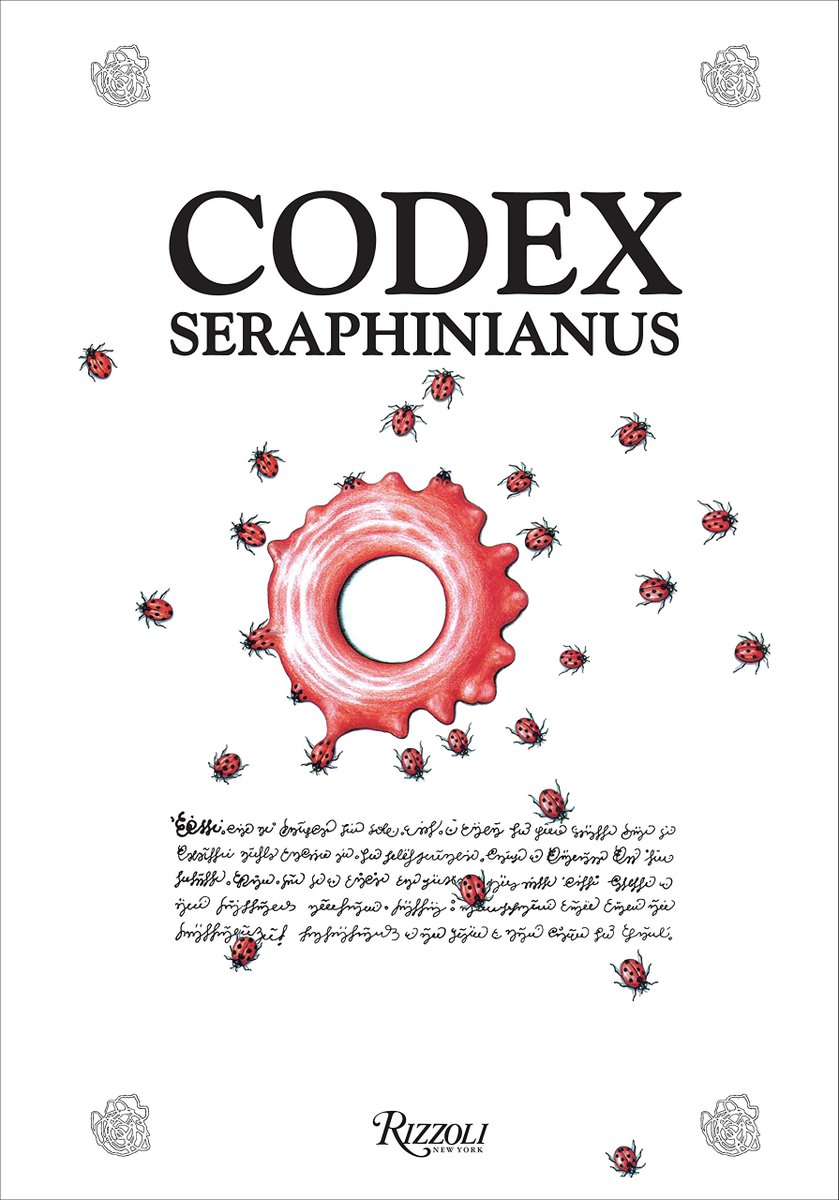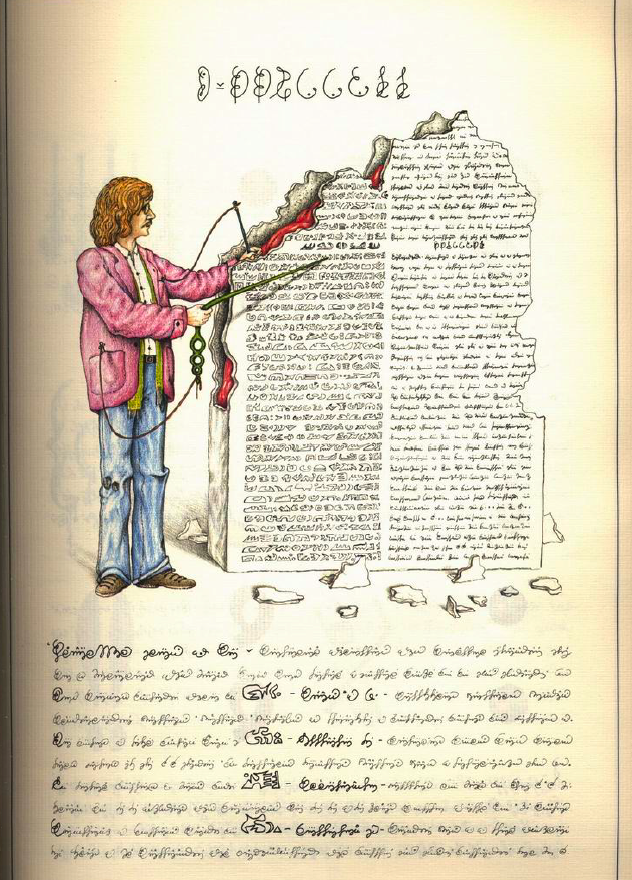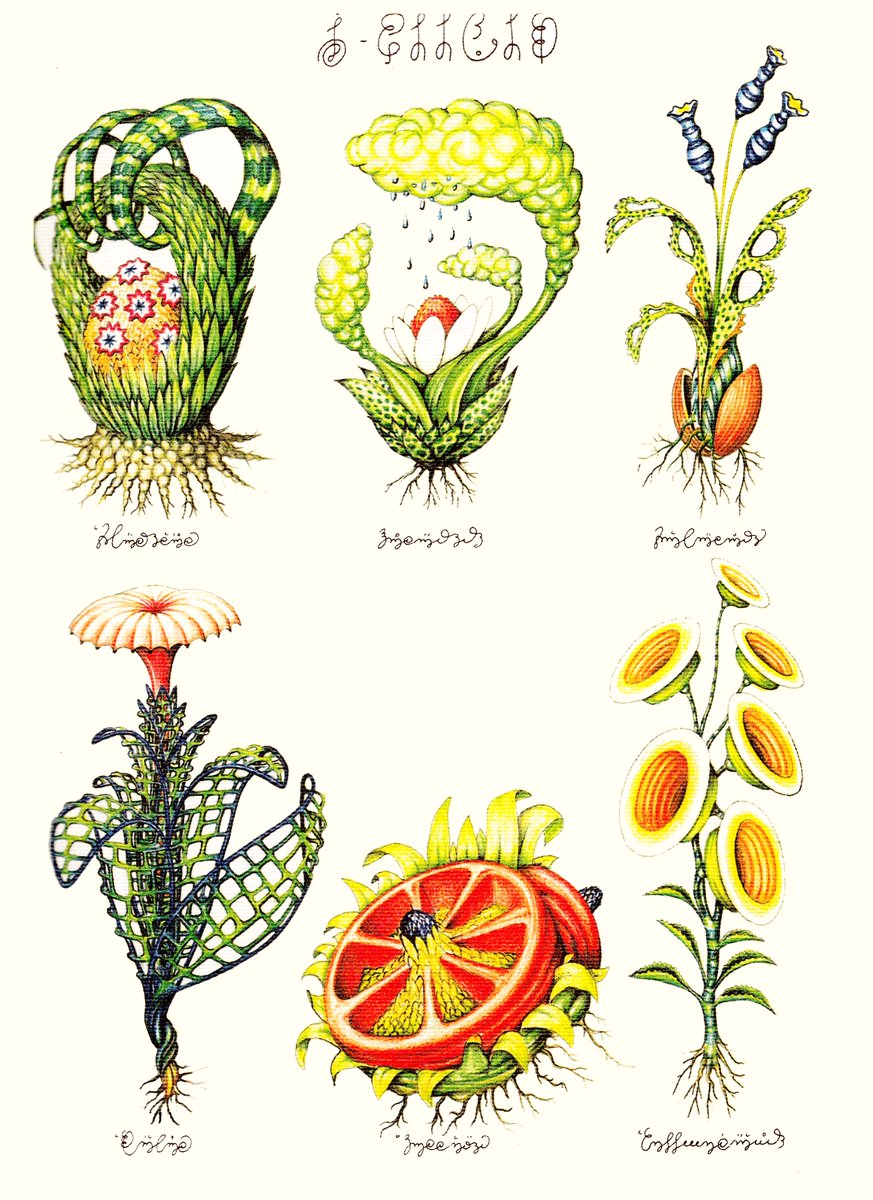This week at #AH4236 “Images and Knowledge in Early Modern Europe” we had the wonderful opportunity to examine some early modern materials from the @StAndrewsUniLib Special Collections ⬇️
Coloured woodcut of the (Dürer) rhinoceros in volume 1 of Conrad Gessner’ Historiae Animalium. #AH4236 

Images of the armadillo and the plant and fruit of pepper. in Nicolás Monardes, Simplicium medicamentorum ex nouo orbe delatorum (1579), edited and translated by Carolus Clusius #AH4236 



Albrecht Dürer, Alberti Dureri clarissimi pictoris et geometrae de sym[m]etria partium in rectis formis hu[m]anorum corporum (1532) #AH4236 

Andreas Vesalius, De humani corporis fabrica libri septem. 1568 editions, with added illustrations (engravings) from a later edition #AH4236 | Vivitur ingenio! 



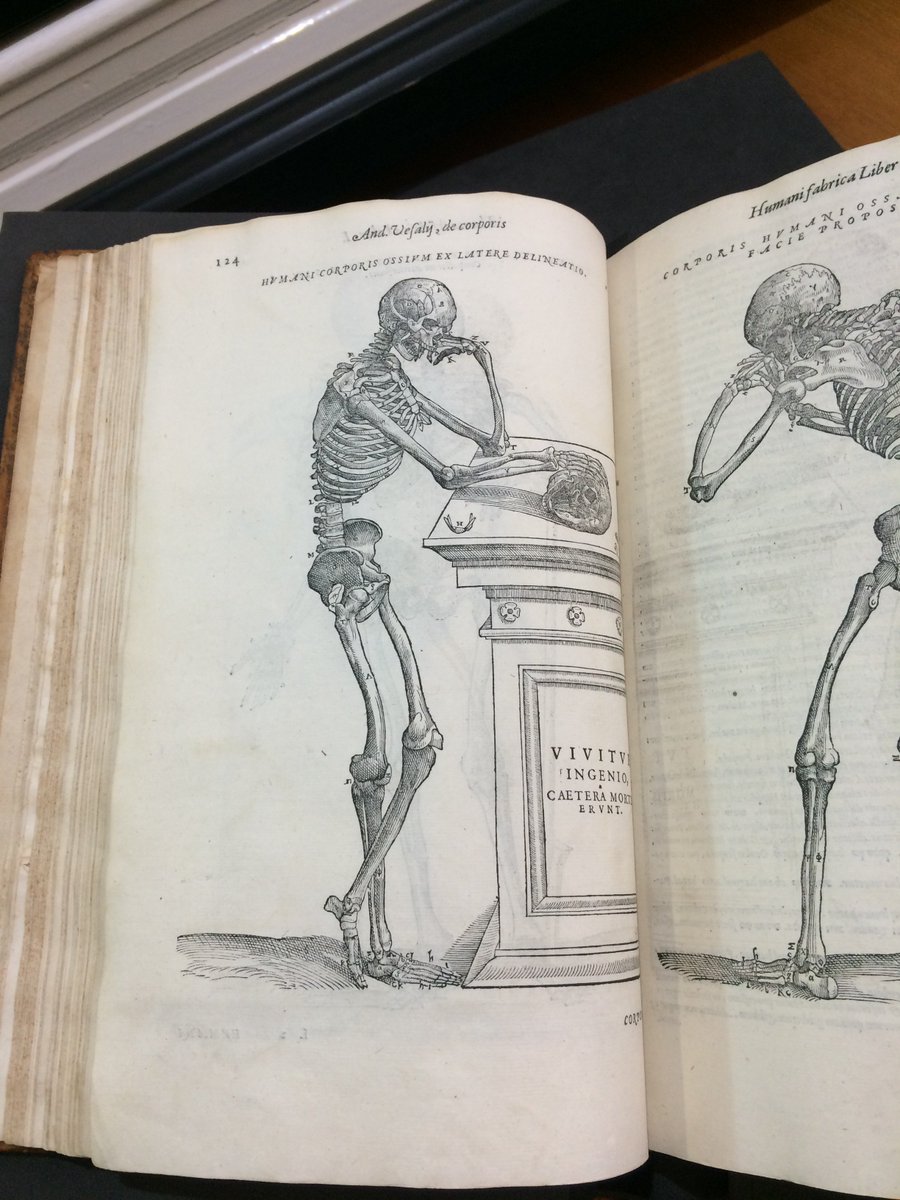

Selection of (iconic) illustrations from Robert Hooke, Micrographia. London, 1667 #AH4236 




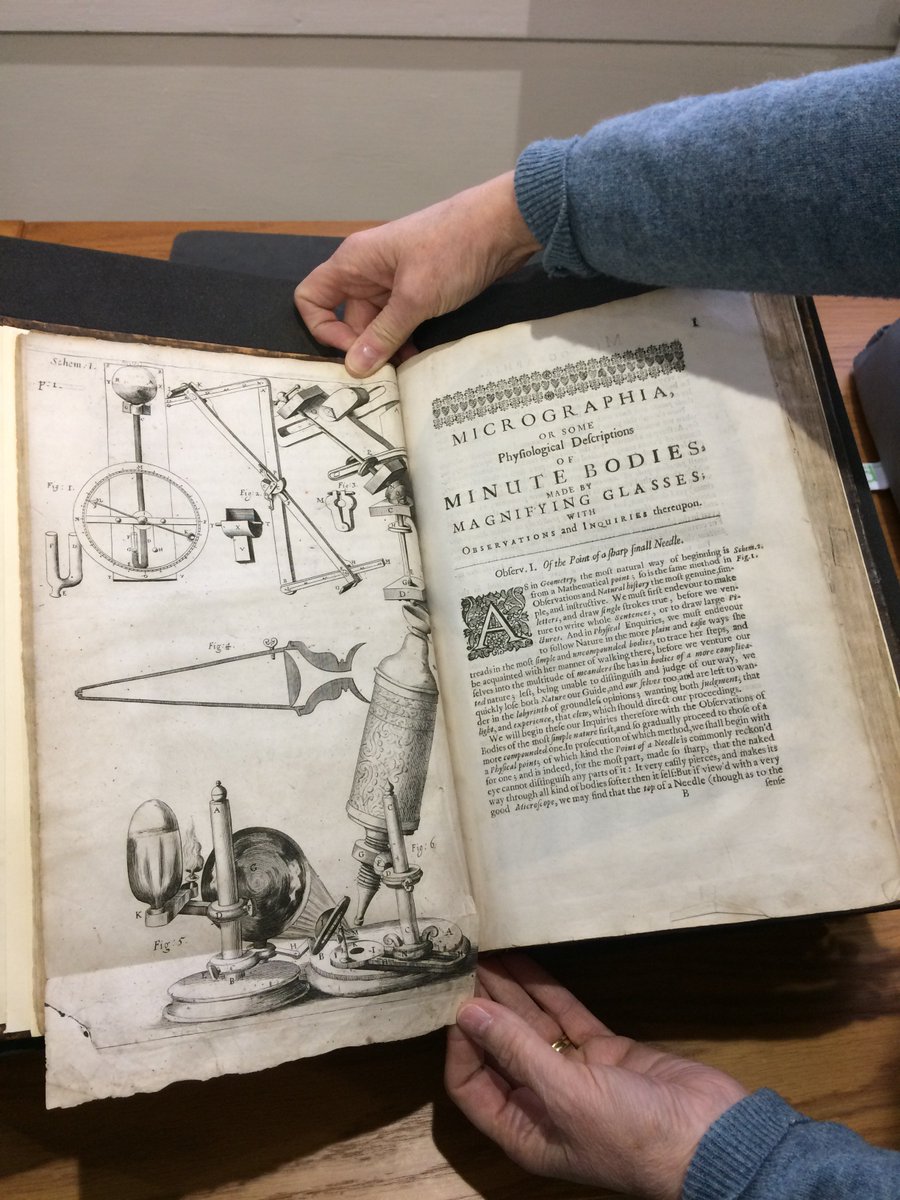
Woodcut (coloured) illustrations from two botanical treatises by Rembert Dodoens: Commentariorum de stirpium historia imaginum (1559) #AH4236 

Woodcut of the bird of paradise in volume 3 of Conrad Gessner’ Historiae Animalium #AH4236 

Gessner's bird of paradise reappears in Ambroise Paré, Opera chirurgica (1594) #AH4236 

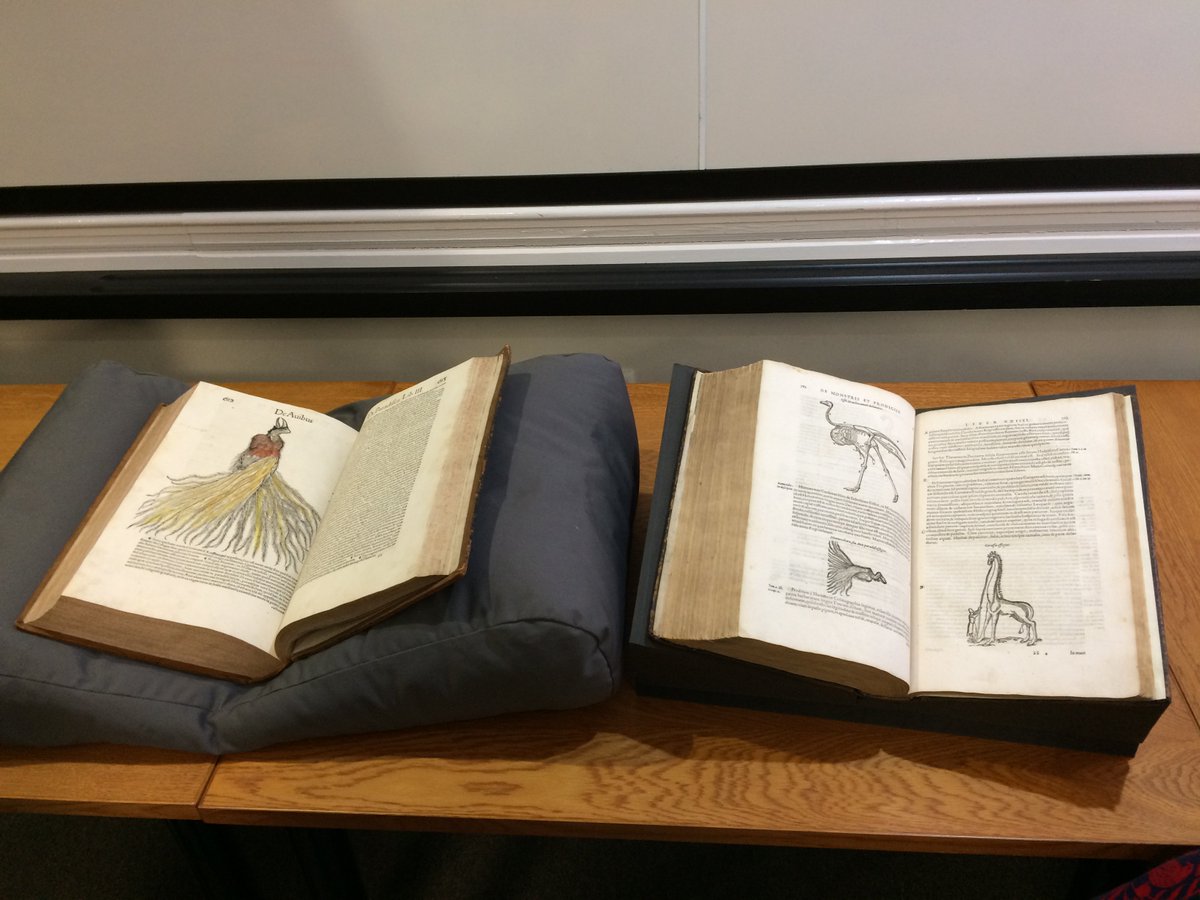

Two early modern depictions of the opossum > Woodcut of the semivulpa in volume 1 of Conrad Gessner’ Historiae Animalium & the succarath in Ambroise Paré, Opera chirurgica (1594) #AH4236 

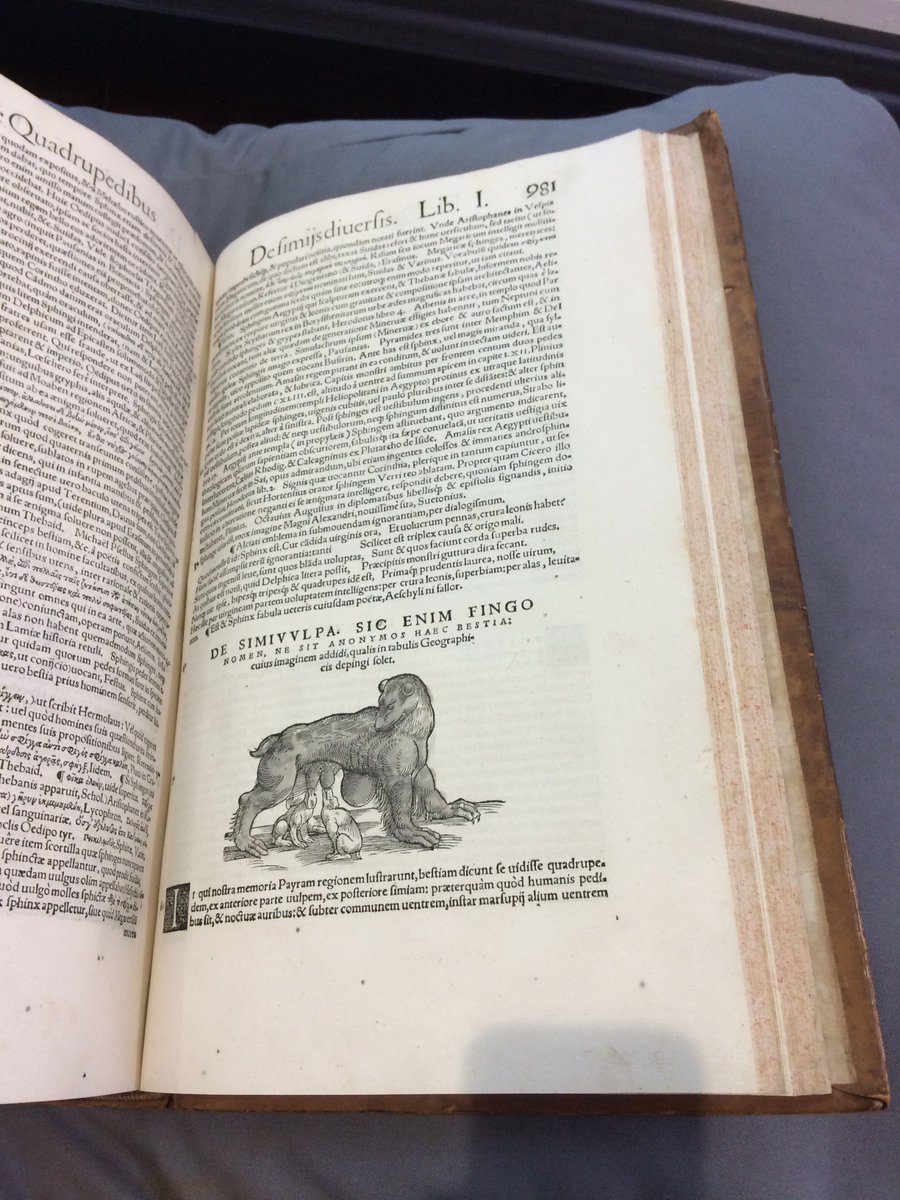

Two types of representation of the passion flower, the "Instruments of the Passion of Christ" depiction, and the "naturalistic" depiction > in John Parkinson, Paradisi in sole paradisus terrestris (1629) #AH4236 





Spectacular illustrations of the Tower of Babel in Athanasius Kircher, Turris Babel (1679) #AH4236 | Great examples of visual wit! 


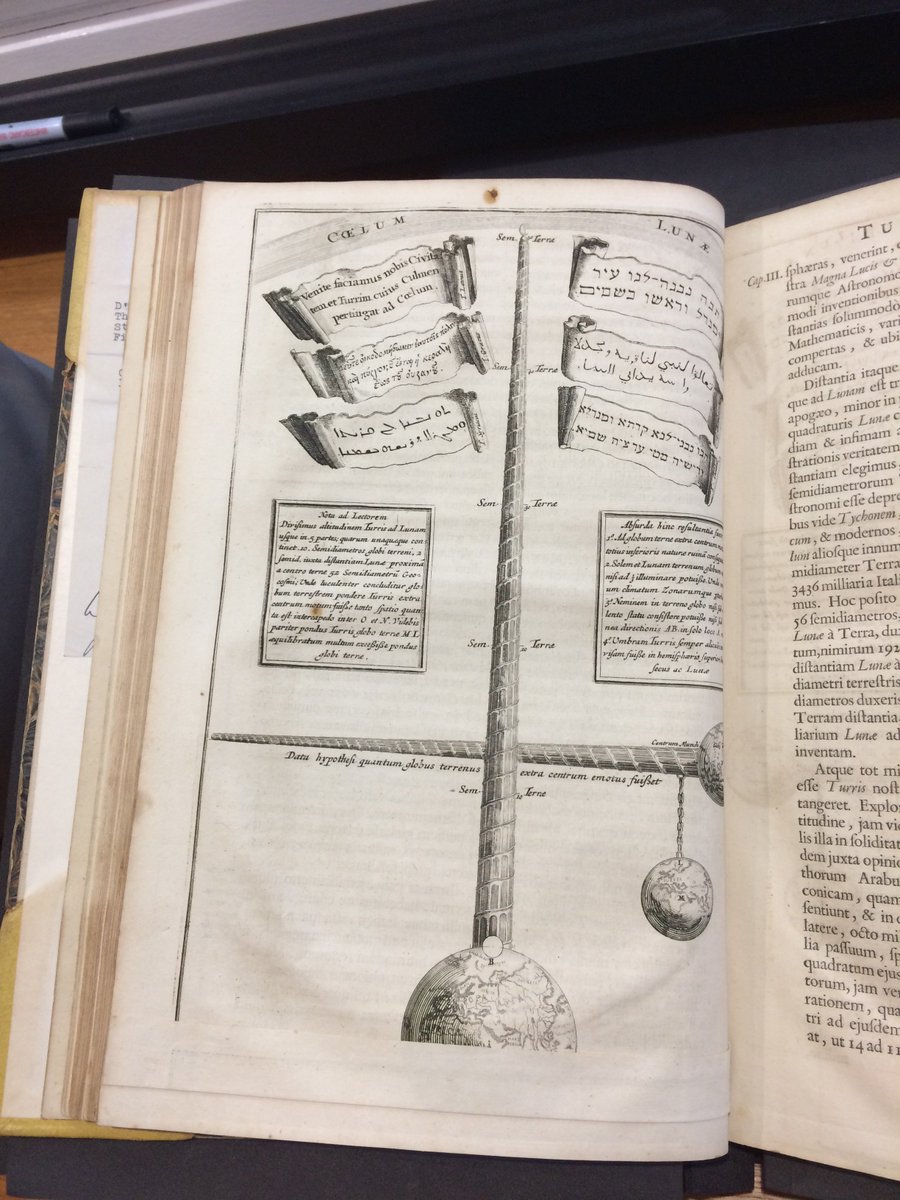
Cultures of collecting > Athanasius Kircher, Arca Noe in tres libros digesta (1675) #AH4236 | Notice the bird of paradise! 


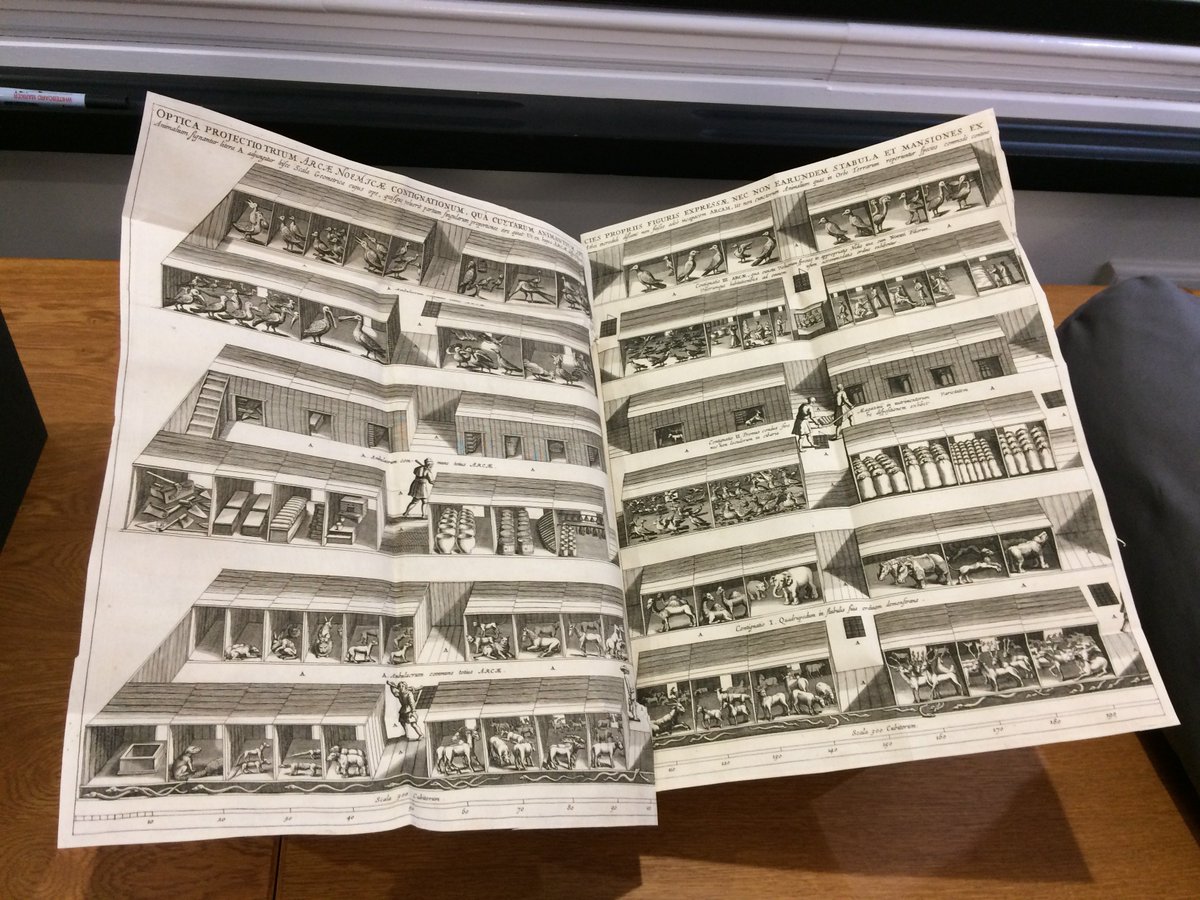
Bound album of architectural drawings and related manuscript material from the circle of Muzio Oddi (1569-1639) #AH4236 

Thank you so much to Elizabeth Henderson, Rare Books Librarian @StAndrewsUniLib for all her input and support! #AH4236
• • •
Missing some Tweet in this thread? You can try to
force a refresh








